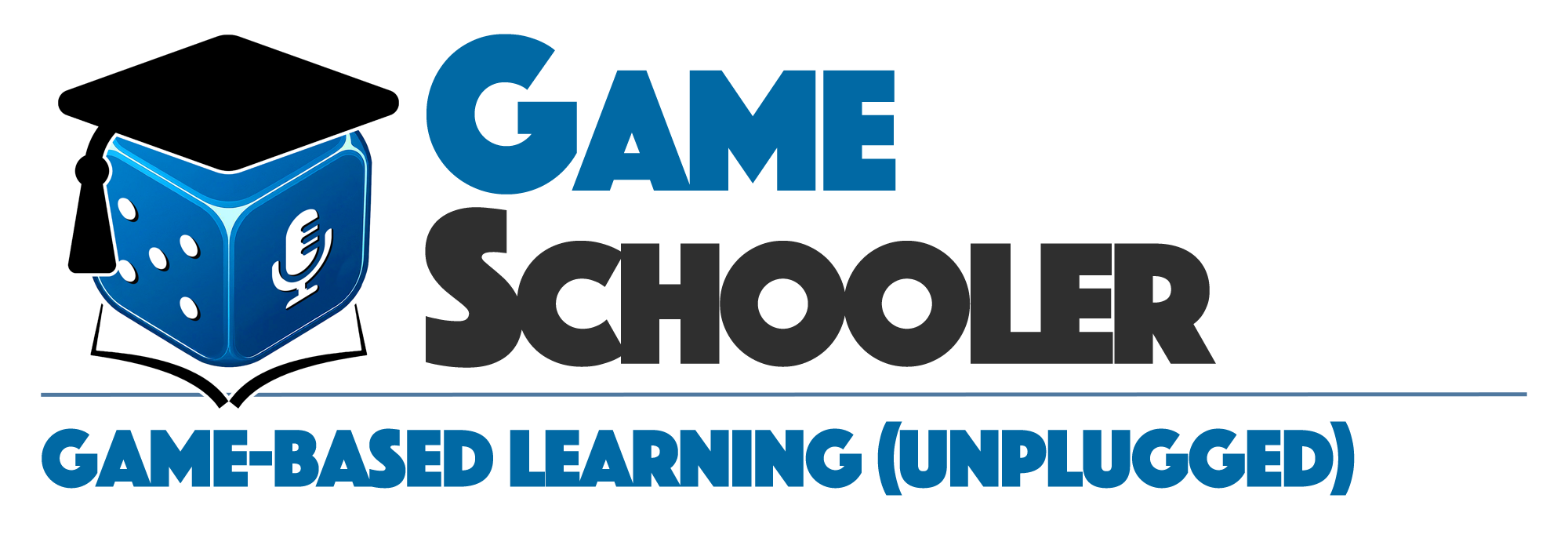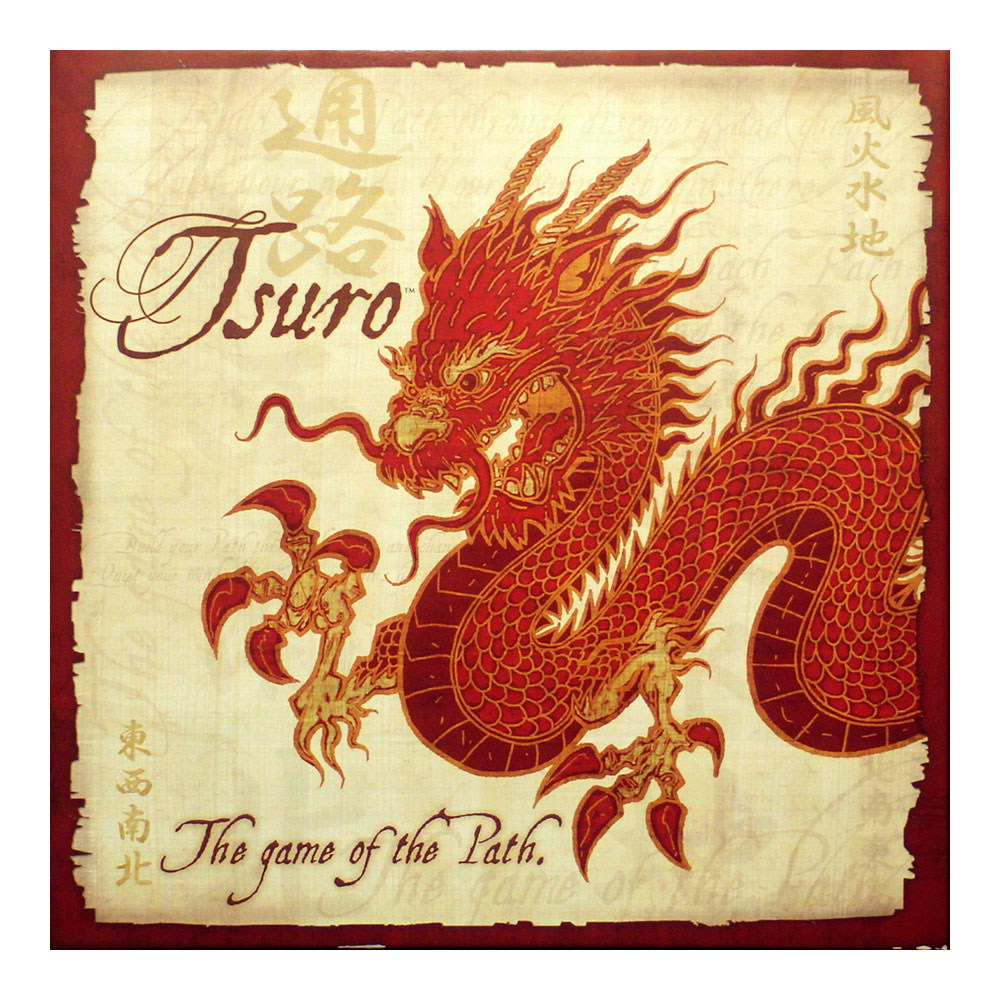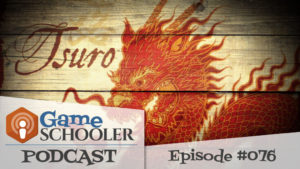Tsuro consists of tiles with twisting lines on them, a 6x6 grid on which to lay these tiles and a token for each player. Each player has a hand of tiles. On your turn you do two things: place a tile from your hand onto the board next to your token and move your token as far as it can go along the line it is currently on, until it is stopped by an empty space with no tile in (yet), the edge of the board or colliding with another player's token. If your token reaches the edge of the board or collides with another player's token, you are out of the game. The aim of the game is to be the last player left with a token on the board. Strategy therefore consists of trying to drive your opponents either into each other or off the board whilst extending your own route in directions that will make it difficult for your opponents to do the same.
-
 Risk Management Players must identify, evaluate, and prioritize options to reduce the impact of unfortunate events or risks.
Risk Management Players must identify, evaluate, and prioritize options to reduce the impact of unfortunate events or risks. -
 Spatial Perception Strengthens a player’s understanding of the spatial relationships with the objects in their environment as well as themselves.
Spatial Perception Strengthens a player’s understanding of the spatial relationships with the objects in their environment as well as themselves. -
 Strategic Thinking Encourages players to develop a process or long-term strategy for accomplishing a goal.
Strategic Thinking Encourages players to develop a process or long-term strategy for accomplishing a goal. -
 Tactical Thinking Challenges players to make decisions based on currently available information.
Tactical Thinking Challenges players to make decisions based on currently available information. -
 Responsiveness Rewards a player’s physical or mental reaction time.
Responsiveness Rewards a player’s physical or mental reaction time. -
 Concentration Encourages a player to focus their attention or efforts on a task.
Concentration Encourages a player to focus their attention or efforts on a task. -
 Problem Solving Reward players for finding solutions to simple or complex problems.
Problem Solving Reward players for finding solutions to simple or complex problems. -
 Resource Management Boosts a player’s capacity to efficiently and effectively oversee available assets.
Resource Management Boosts a player’s capacity to efficiently and effectively oversee available assets.


